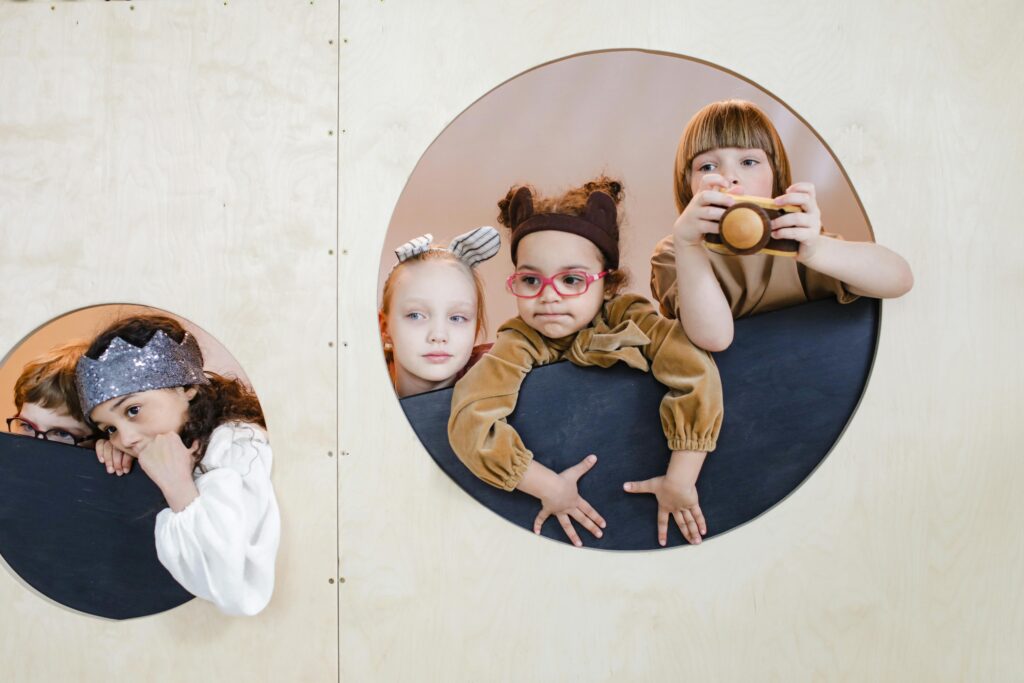Mindfulness and Relaxation Games for Kids That Teach Calmness and Focus
In today’s fast-paced digital world, children face growing levels of overstimulation, stress, and screen exposure. That’s why more parents are turning to mindfulness and relaxation games to help their kids find balance, reduce anxiety, and build emotional intelligence. These games are not just calming—they’re critical tools for teaching lifelong habits like focus, self-awareness, and emotional regulation.
This article explores fun and accessible mindfulness games for kids and offers guidance for parents on how to make relaxation a natural part of everyday life.
Why Mindfulness Games Matter for Kids
Promote Emotional Regulation: Helps kids identify and manage feelings like anger, frustration, or anxiety.
Improve Focus and Attention: Teaches them to be present, which enhances learning and classroom behavior.
Reduce Hyperactivity: Calming routines lower energy surges in kids with ADHD or high energy.
Boost Sleep Quality: Mindfulness practices before bed can help children fall asleep faster and stay asleep longer.
Mindfulness and Relaxation Games to Try at Home
1. Balloon Breathing
Ask your child to pretend their belly is a balloon. Inhale slowly to inflate the balloon, then exhale gently to let the air out. This simple breathing exercise helps calm the nervous system and improve focus.
2. Mindful Coloring
Offer mandala-style coloring sheets or simple shapes to color quietly. Encourage children to focus on staying within the lines and choosing their favorite colors. This promotes stillness and attention.
3. Listening Walk
Take a walk and challenge your child to notice and describe five different sounds. This increases awareness of the present moment and builds sensory mindfulness.
4. Bubble Focus
Blow bubbles together and ask your child to watch one bubble until it pops. This builds sustained attention in a playful way.
5. Calm Down Jars
Fill a clear jar with water, glitter, and a bit of glue. When shaken, the glitter swirls and slowly settles—just like feelings. Watching the glitter fall helps children relax and process emotions.
6. Yoga Animal Poses
Turn basic yoga into a game. Ask your child to pose like a cat, cobra, or tree. Combine this with slow breathing for full-body relaxation and improved flexibility.
7. Gratitude Game
Each night, ask your child to name three things they’re grateful for. Turn it into a bedtime ritual to create positive mental habits.
Tips for Parents to Encourage Mindful Play
Be Consistent, Not Rigid: Offer these games regularly, but never force them. Let your child choose which they enjoy most.
Model Calmness: Children imitate adults. Show them what mindfulness looks like by practicing with them.
Create a Relaxation Space: Designate a cozy, quiet corner with pillows, books, and calming activities.
Limit Screen Time: Replace passive screen use with active mindfulness play to build healthier daily rhythms.
Recommended Tools and Resources
Apps: Smiling Mind, Moshi, Headspace for Kids
Books: “Breathe Like a Bear,” “Sitting Still Like a Frog”
Toys: Calming sensory bottles, glitter jars, emotion cards
Conclusion
Mindfulness and relaxation games aren’t just trendy—they’re essential for helping kids build emotional resilience, focus, and inner peace in a busy world. Whether it’s through belly breathing, yoga, or coloring, these small practices make a big impact. And when parents join in, they nurture stronger bonds and healthier habits at the same time.
FAQs
Q: What’s the best age to introduce mindfulness to kids?
A: Kids as young as 3 can start with simple breathing or sensory activities. Adjust the depth based on their age and attention span.
Q: How long should mindfulness games last?
A: Just 5–10 minutes is enough to see benefits. Keep it short, fun, and consistent.
Q: What if my child gets bored quickly?
A: Rotate different activities and let your child help choose what to do. Keep it playful, not a chore.
Q: Can mindfulness help with bedtime struggles?
A: Yes! Bedtime mindfulness rituals—like gratitude lists or calming breathing—help quiet the mind and ease transitions to sleep.
# DIY Fun for Kids
# Creative Activities
# Kids Craft Ideas
# Little Artists
# Imagination Play
# Homemade Toys
# Interactive Crafts
# Sock Puppet Fun
# Slime Recipes
# Hands-On Fun

